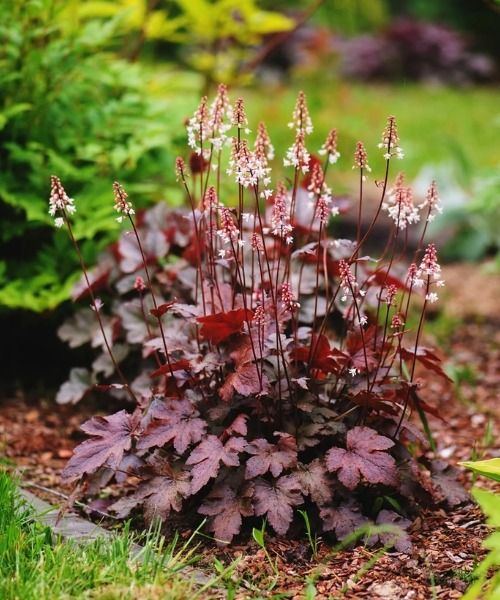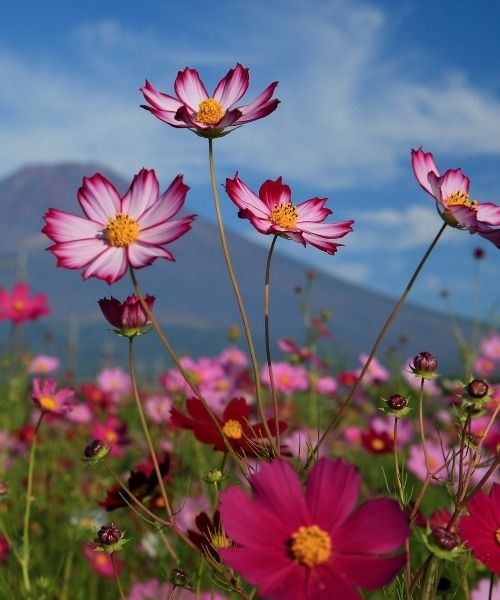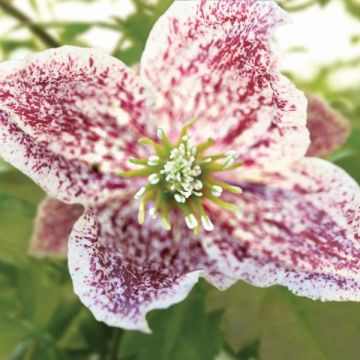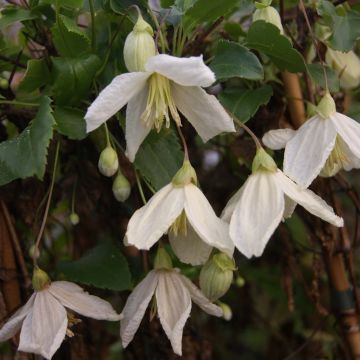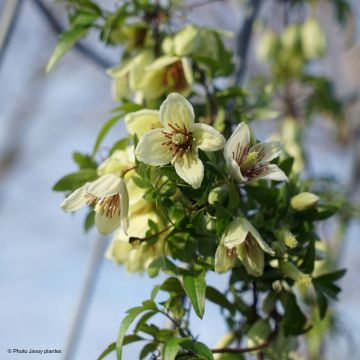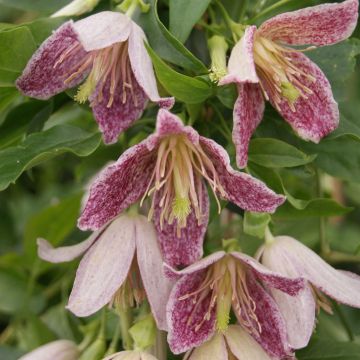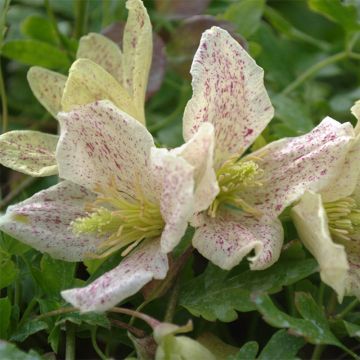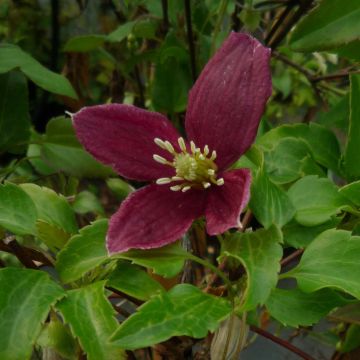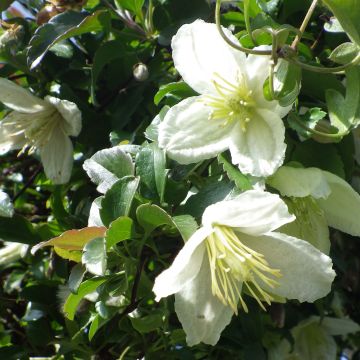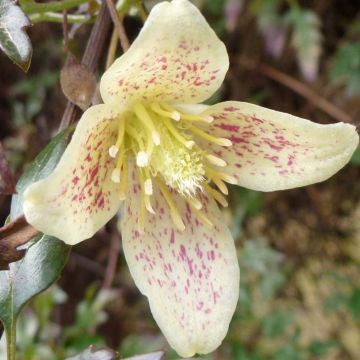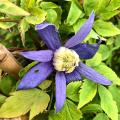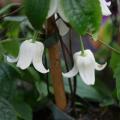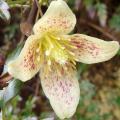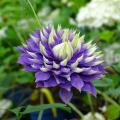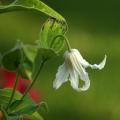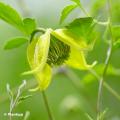Clematis Cirrhosa
Does this plant fit my garden? Set up your Plantfit profile →
Available in 1 sizes
Available in 1 sizes
Available in 1 sizes
Available in 1 sizes
Available in 1 sizes
Available in 1 sizes
Available in 1 sizes
Available in 1 sizes
Available in 1 sizes
The Clematis of the Cirrhosa group includes the varieties Clematis Cirrhosa and napaulensis. These are evergreen climbing plants with an early flowering that grows on the previous year's branches. Their medium green leaves are single, 5cm (2in) long, glossy, oblong, and finely toothed or divided into 3 lanceolate leaflets, 9 to 12cm (4 to 5in) long. The inflorescences consist of solitary flowers. On young branches, the first flowers develop more towards the end of the climber. The flowers of the Cirrhosa group are bisexual, bell-shaped, trailing, 3 to 8cm (1 to 3in) in diameter. The bud is rather curved. The 4 petals are white, cream, purple spotted with yellow, or red. At the end of flowering, seed heads appear, topped with a non-persistent, feathery style, which is very decorative. The flowering period lasts from December to March. Attention! The hardiness of the Clematis in the Cirrhosa group varies between +5 and -7°C (41 and 19.4°F) depending on the species. After flowering, light pruning can be done to remove dead or damaged stems. Cirrhosa Clematis should be planted shallowly in moist, humus-rich, well-drained soil in full sun.
Haven't found what you were looking for?

































